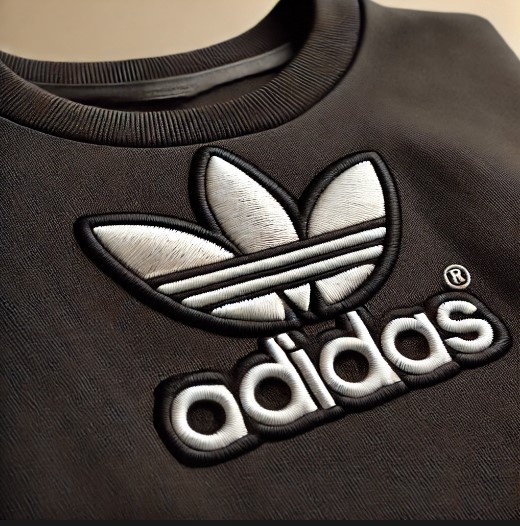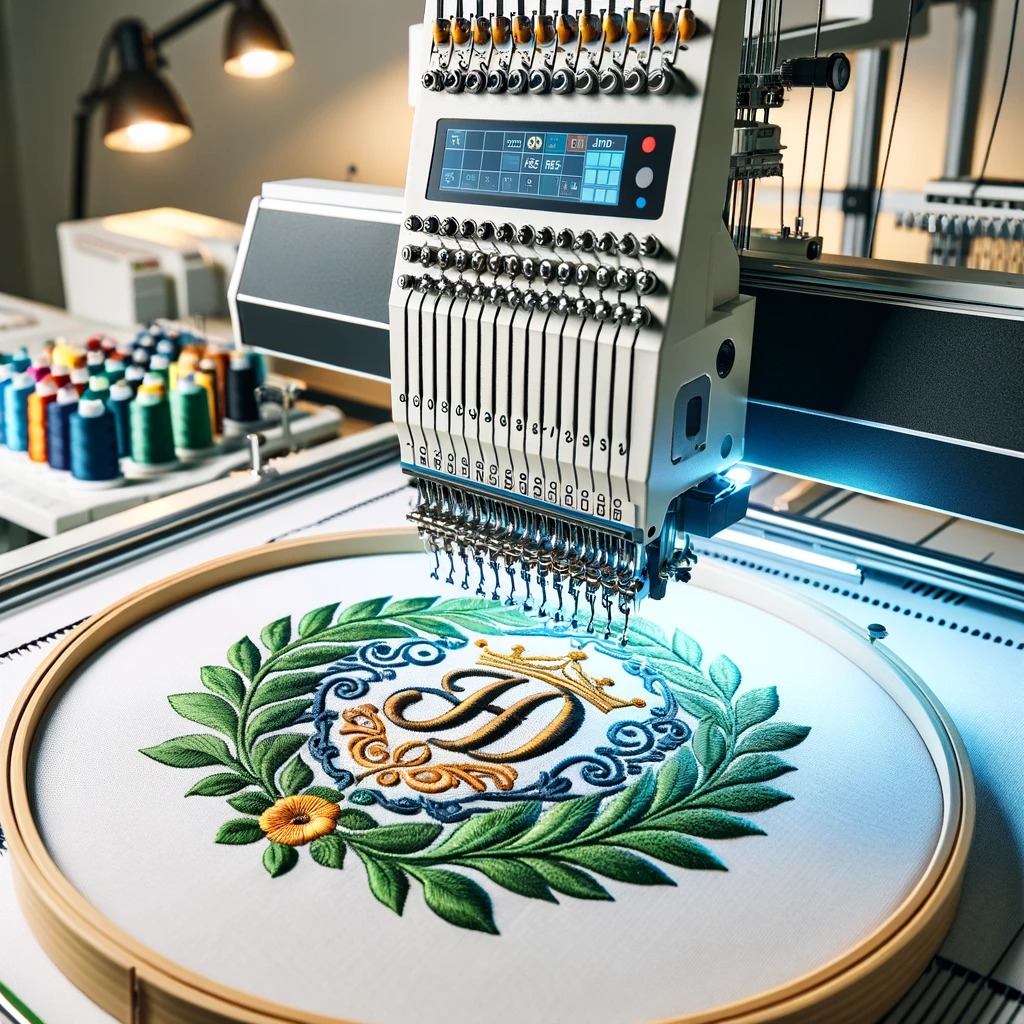Machine embroidery digitizing transforms artwork into stitch-ready designs, streamlining the embroidery process for precision and customization. Explore the art and efficiency of this process here.
At Digi Embroidery, we pride ourselves on delivering marvelous digitizing services. Our decade of experience, commitment to 100% manual digitizing, and focus on customer satisfaction make us the go-to choice for embroidery digitizing needs. With unlimited free revisions, a 30% discount, and 24/7 support, we are dedicated to helping you bring your designs to life
Why You Should Consider Manual Work for Critical Designs
While automatic digitizing can save time, some designs benefit from manual digitizing. A skilled digitizer can make adjustments that an automatic system might miss, especially in intricate or multi-layered designs. Manual digitizing ensures that every detail is perfect, which is why Digi Embroidery offers 100% manual digitizing services for critical projects.
Behind the reasons of machine embroidery digitizing stand out:
🧵 Increased Efficiency: With digitized designs, the embroidery process becomes much faster compared to manual techniques, reducing production time.
🎨 Artistic Precision: Digitizing ensures that even the most intricate designs are accurately stitched, preserving artistic integrity.
📏 Perfect Replication: Once a design is digitized, it can be used over and over again without losing quality, ensuring consistent branding or design reproduction.
Choosing the Right Digitizer
Choosing the right embroidery digitizer is crucial to get the best results. Look for a professional who:
- Has experience in digitizing different design styles.
- Can handle complex designs and fabrics.
- Offers revisions to meet customer satisfaction.
💡 Tip: If you’re looking for a reliable digitizing service, opt for a provider that emphasizes quality, provides revisions, and has a wealth of experience, like Digi Embroidery.
Understanding Stitch Types in Machine Embroidery Digitizing
Not all stitches are created equal. Depending on the complexity of the design, different stitch types are used. Here are the most common:
- Satin Stitch: Ideal for borders and outlines.
- Fill Stitch: Used for covering larger areas with dense, textured stitches.
- Running Stitch: A simple stitch that creates fine details and outlines.
Each stitch type plays a crucial role in the overall look of the design, and it’s important to choose the right one based on the design and fabric type.
Machine Embroidery Digitizing Formats
Different embroidery machines require different file formats. Here are the most common:
- PES: Brother embroidery machines.
- DST: Standard format for most commercial machines.
- JEF: Janome embroidery machines.
- EXP: Bernina machines.



